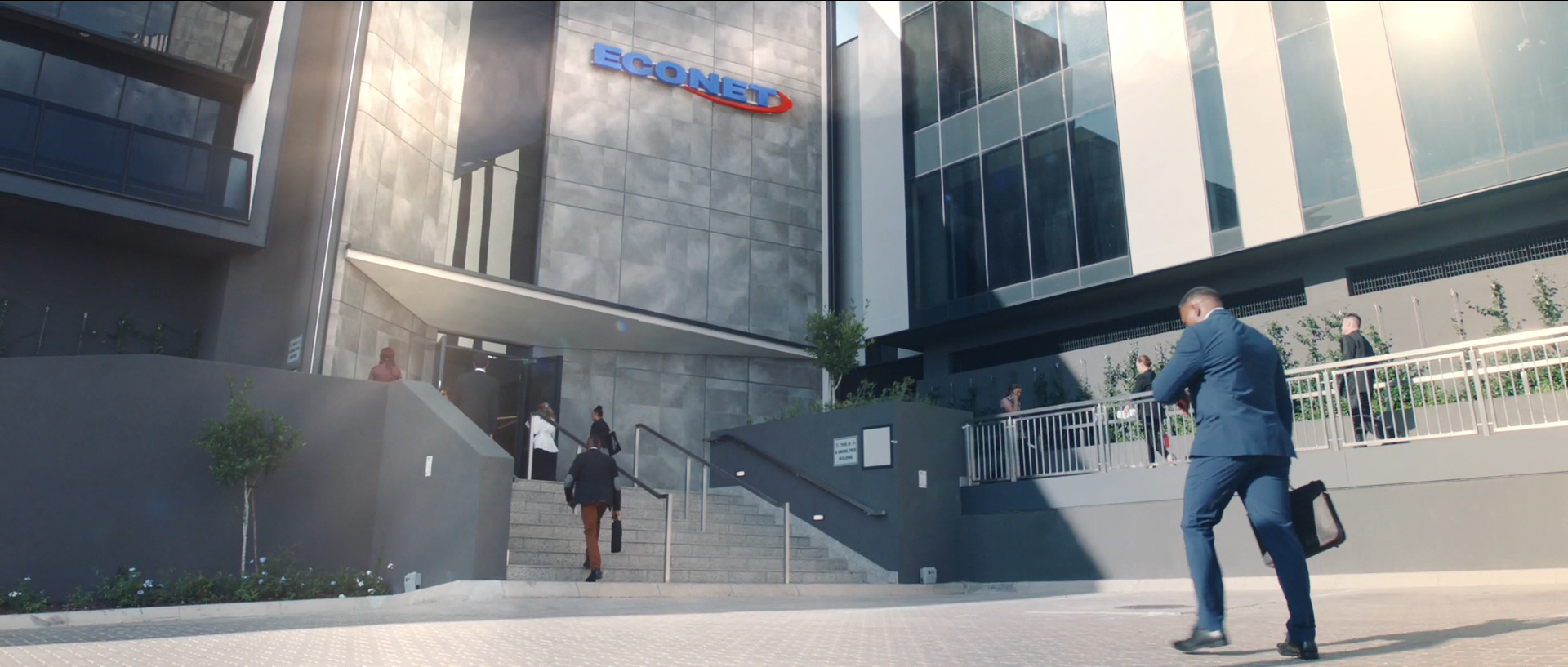Uhuru empowered black tobacco farmers
TOBACCO farming stands out as one of the biggest empowerment stories, not just in the history of Zimbabwe, but at a global level.
Prior to the land reform programme, launched at the turn of the millennium, tobacco farming was a preserve of large scale commercial farmers with negligible numbers of black farmers.
Black smallholder farmers were discouraged from producing tobacco as it was said to be technically challenging for them.
When black farmers delivered tobacco to the floors it was sold in what was then termed the “Chitungwiza” sale at grossly discounted prices. Clearly rich white farmers did not want to share this lucrative cake with the indigenous majority.
Prior to land reform about 2 000 large scale commercial farmers produced 200million kg annually, an average of 200 tonnes per farmer.
Following the completion of the Government’s successful land reform programme, the number of farmers has increased to over 130 000.
This represents a clear transfer of wealth from the elitist large scale white commercial growers to a broader grower base dominated by the indigenous black majority.
Rural communities have been transformed as a result and despite the negative effect of illegal sanctions, tobacco production has remained resilient, driven by the handsome profits that a broad base of farmers is now enjoying.
However, the successful empowerment story at production level has not translated into gains further down the value chain, where superior returns are being made by leaf merchants and cigarette manufacturers.
By way of an illustration, the top price for tobacco on auction floors is US$6 per kg. The same kg retailing in developed country markets sells for US$500 after blending with low priced tobacco from other markets.
About 98 percent of tobacco produced in Zimbabwe is exported in green (semiprocessed), done exclusively by big tobacco merchants.
Discounting very few exceptions, indigenous tobacco merchants have failed to penetrate the more lucrative segment of the tobacco market due to formidable entry barriers in the form of access to low cost funding, limited long working capital cycles, access to markets in the exclusive old boys club of global tobacco as well as lack of factory processing capacity.
As a result, indigenous merchants have been condemned to trading as speculators on the auction floors, surrogate buying on behalf of the big merchants as well as management of contract growing schemes on behalf of the large merchants.
Returns from all these activities are a pittance in relation to the returns that indigenous players could make in export markets as leaf merchants or cigarette manufacturers.
Effectively the indigenous tobacco merchant does not have a seat at the main table and is surviving on the crumbs dropped by the larger merchants.
While tobacco farming provides handsome returns especially in relation to other crops, the farmer is only participating in one percent of the value chain.
Indeed, celebrating the success of tobacco farming equates to celebrating the tail of the elephant whilst big tobacco is left to transfer handsome returns out of the country.
To address this, the Government has launched the Tobacco Transformation Plan Strategy meant to increase tobacco production and productivity to 300 million kilogrammes annually, primarily through yield increases and post-harvest loss reduction, while enhancing traceability, compliance and environmental stewardship.
The strategy seeks to enhance value addition and beneficiation from the current 1 percent to 30 percent and generate about US$5 billion by 2025, according to the strategy.-The Herald











